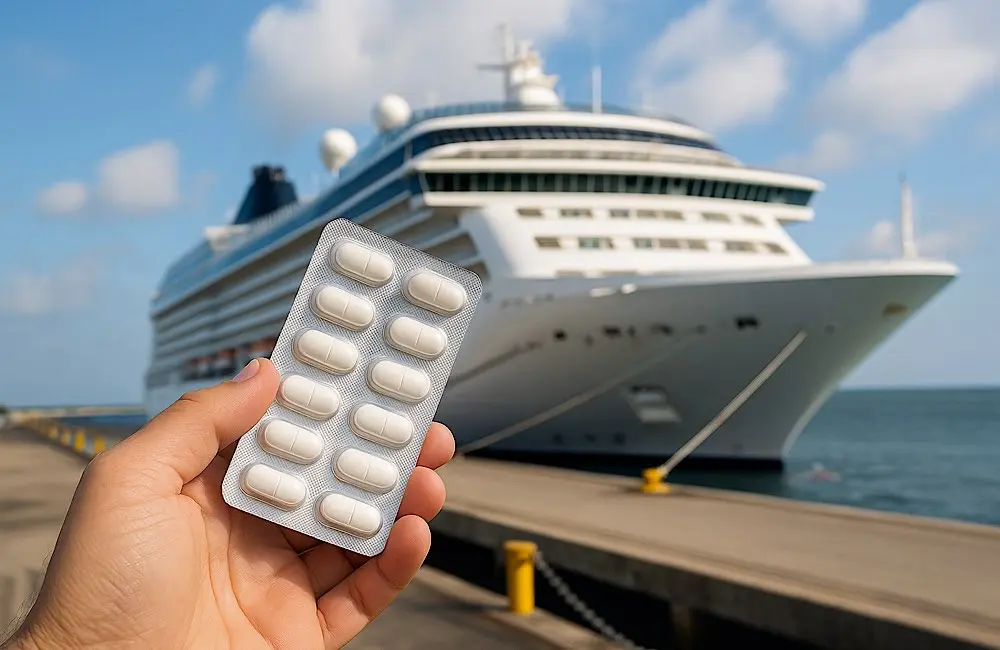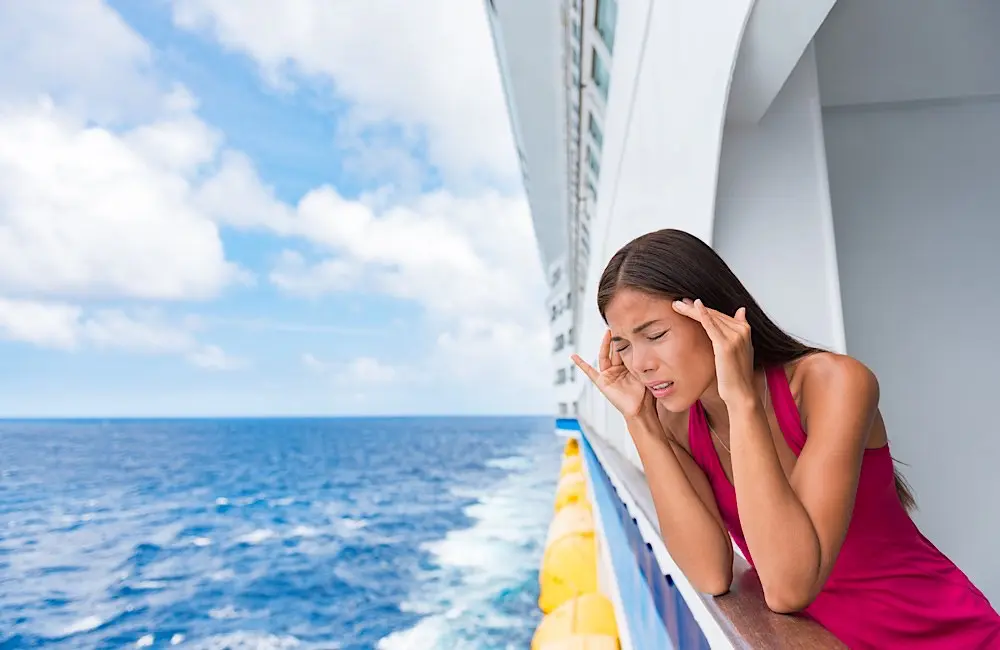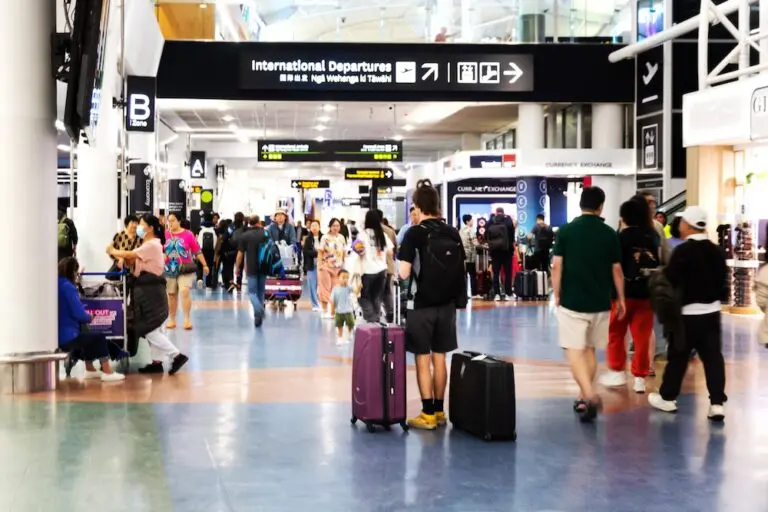Cruise holidays continue to be a top choice for Australian travellers, offering the convenience of an all-in-one holiday and the opportunity to explore multiple destinations without unpacking twice. But when it comes to medical treatment at sea, passengers are discovering that not everything is included.
Southern Cross Travel Insurance (SCTI) has revealed some of the highest-value claims made during the 2024/25 cruise season, showing how even minor onboard ailments can lead to major out-of-pocket costs if travellers are not covered.
What are travellers actually claiming for?
While the average cruise insurance claim sits at $1,329, SCTI data shows that medical issues can push individual claims into five-figure territory.
In one case, a traveller was billed:
- $8,500 AUD for general medical services, including consultation costs, catheterisation and testing
- $878 AUD for basic medical supplies such as bandages and syringes
- $1,222 AUD for standard medication
Another traveller lodged a claim exceeding $11,000 AUD, which included $900 for a telehealth consultation and more than $1,600 for 17 hours of onboard care.
Even smaller issues can result in sticker shock. SCTI has recorded cruise ship charges of up to USD200 for prescription paracetamol.

Why location and logistics make a difference
According to Jess Strange, Chief Customer Officer at Southern Cross Travel Insurance, location and logistics are key drivers of cost.
“We’ve seen claims for prescription paracetamol on US-flagged cruise ships sometimes in the region of USD200, so it definitely pays to have travel insurance,” Strange said.
“We know Aussies are a nation of cruise enthusiasts and while it’s a fabulous way to travel, there are some drawbacks that could result in costly medical bills if you choose not to take out travel insurance for your voyage.”
Strange said cruise ships often operate in remote areas, meaning repatriation or transport to land-based care is complex and costly.
“Often cruise ships are in remote places far out at sea, therefore if repatriations need to occur the remoteness and complexity of the repatriation process can make it more costly.
“In addition to this, cruise ships can be in locations where access to high quality medical care is not always possible, in which case transporting the customer to the nearest centre of medical excellence may involve an air ambulance, which is expensive.”

Where are cruise claims coming from?
According to SCTI data, cruise-related claims are most frequently lodged by travellers from Tasmania (16%), followed by Victoria (11.2%) and Queensland (10.1%). While this doesn’t necessarily indicate higher risk, it reflects the popularity of cruising among residents in these states and underscores the importance of adequate cover.
KARRYON UNPACKS: Cruising continues to deliver incredible value for travellers, but it’s essential they understand where the inclusions end. With some claims reaching over $11,000, the right insurance can help ensure smooth sailing even when the unexpected happens. For travel advisors, recommending cruise cover isn’t just best practice—it’s a key part of protecting the experience clients have invested in.





